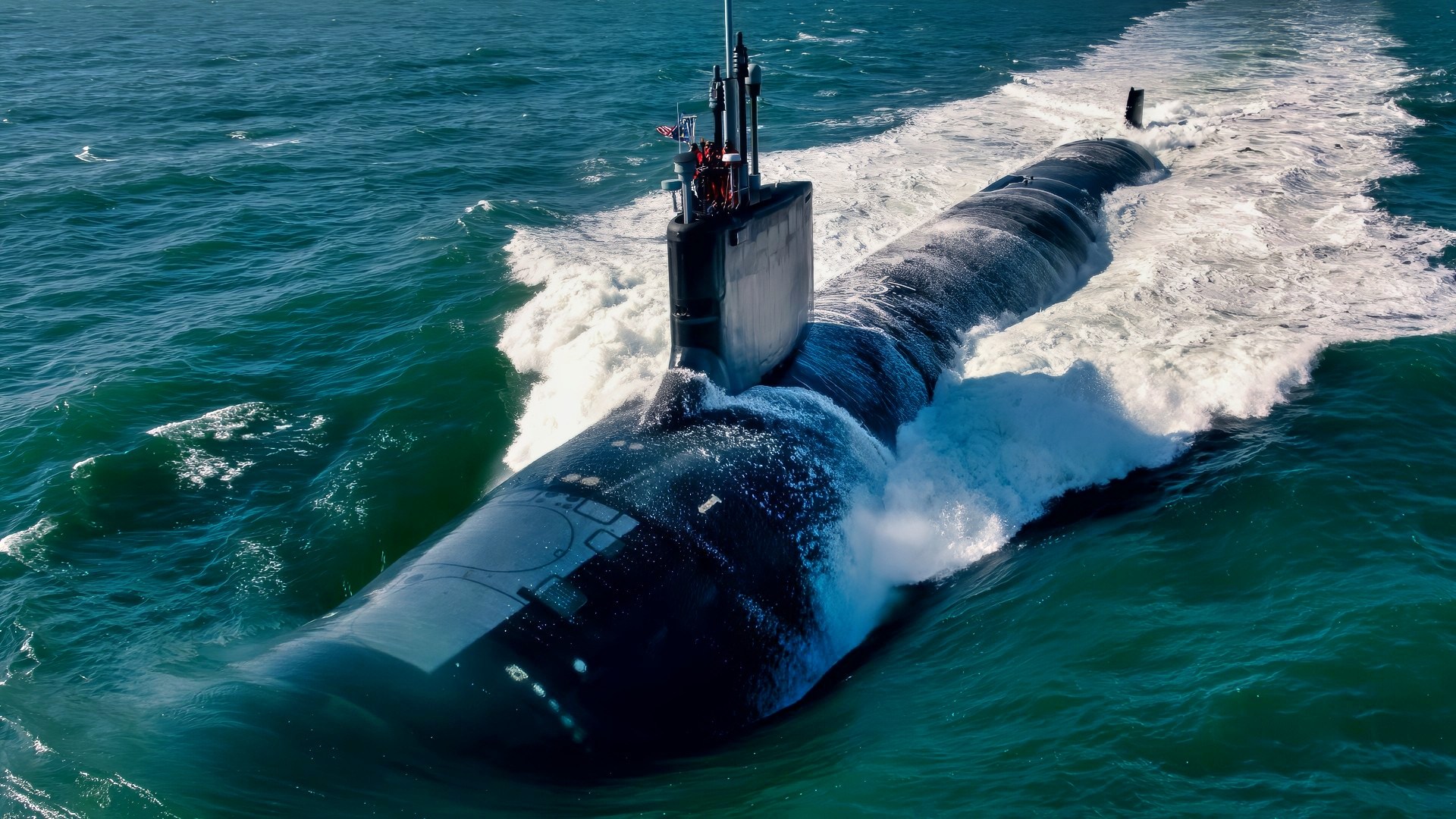Key Points and Summary – The 1968 loss of the U.S. nuclear submarine USS Scorpion with all 99 crew members remains one of the Navy’s most haunting and unresolved mysteries.
-The submarine disappeared in the Atlantic while returning to port, and its wreckage was later found at a depth of over 10,000 feet.
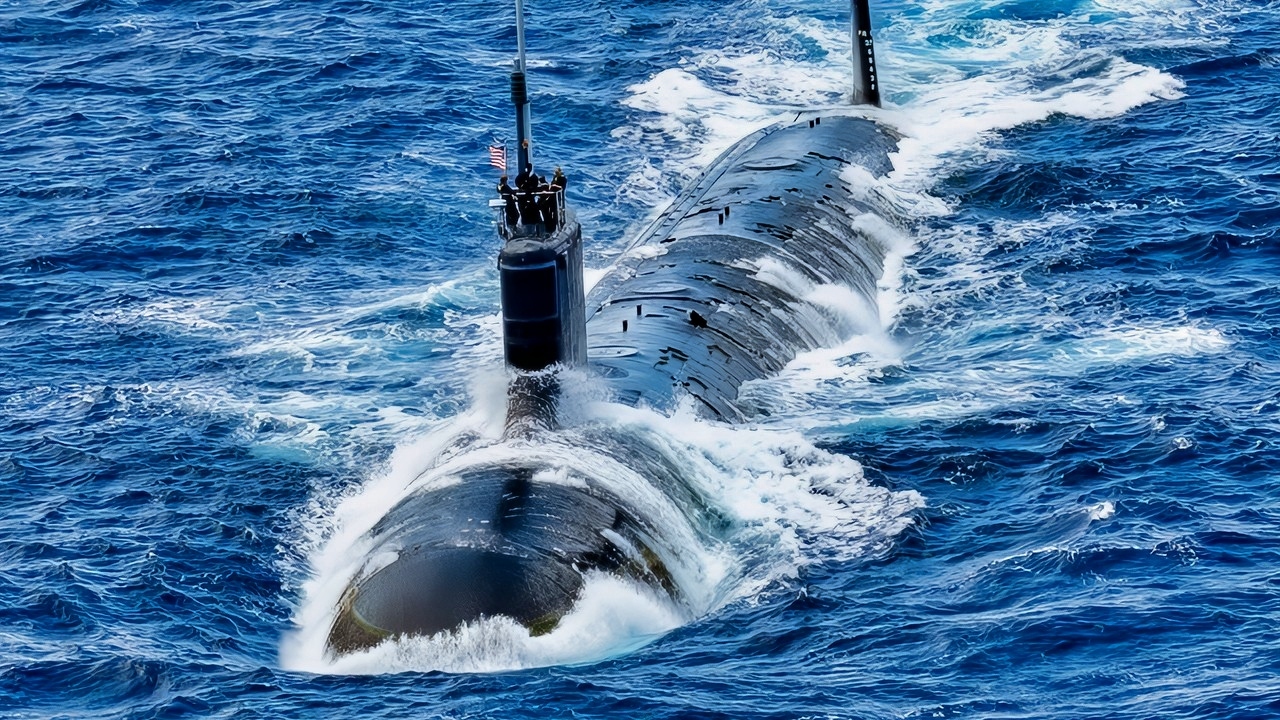
Virginia-class attack submarine USS North Carolina (SSN 777) sails in formation, off the coast of Hawaii during Exercise Rim of the Pacific (RIMPAC) 2024, July 22. Twenty-nine nations, 40 surface ships, three submarines, 14 national land forces, more than 150 aircraft and 25,000 personnel are participating in RIMPAC in and around the Hawaiian Islands, June 27 to Aug. 1. The world’s largest international maritime exercise, RIMPAC provides a unique training opportunity while fostering and sustaining cooperative relationships among participants critical to ensuring the safety of sea lanes and security on the world’s oceans. RIMPAC 2024 is the 29th exercise in the series that began in 1971. (U.S. Navy photo by Mass Communication Specialist 1st Class John Bellino)
-A subsequent Court of Inquiry was unable to determine a definitive cause, leading to decades of speculation.
-Leading theories include a malfunctioning torpedo that exploded internally (a “hot run”) or a catastrophic battery explosion, but the true cause remains unknown, shrouded in the depths of the ocean.
The Curious Case of the USS Scorpion Submarine
Of all the submarine disasters throughout history – of which there are many – the story of the USS Scorpion is particularly haunting.
Unlike Thresher, where lessons were learned and codified into new SUBSAFE reforms, Scorpion didn’t really produce lessons as much as it raised questions. In May 1968, 99 men were lost.
Yet, the Navy’s subsequent inquiry yielded no definitive answers or cause, and the mystery still occupies an ample space in modern submarine lore and policy debates today.
The Vanishing of the Scorpion
Scorpion was a Skipjack-class nuclear attack submarine that was commissioned in July 1960.
On May 22, 1968, as she returned from a Mediterranean deployment en route to Norfolk, Scorpion failed to arrive. Her last reported position, via radio on May 21, placed her roughly 250 miles southwest of the Azores – an autonomous region of Portugal.
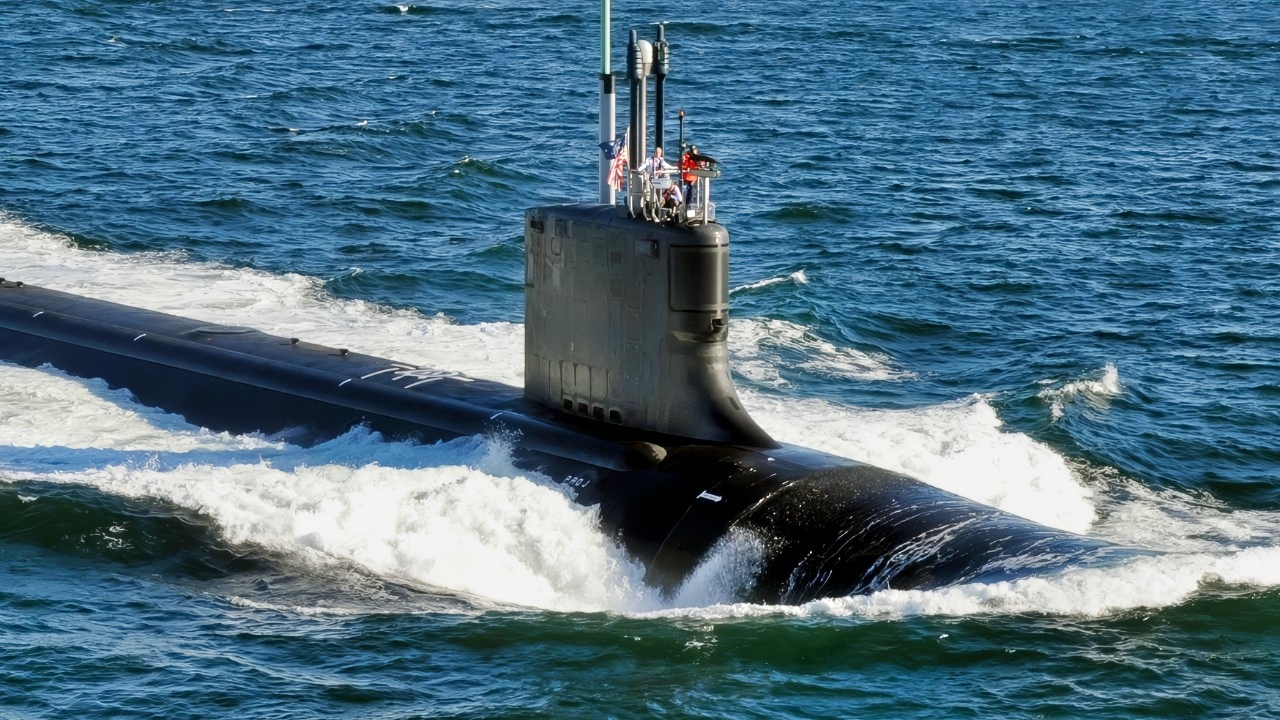
USS Missouri Virginia-Class Submarine. Image Credit: Creative Commons.
Days later, when communication ceased, concern began to mount about the vessel’s whereabouts.
By June 5, the Navy declared the Scorpion and her crew “presumed lost.” Her name was then struck from the Naval Vessel Register on June 30.
Following months of searching, portions of the wreck were eventually located in October 1968 resting at depths of more than 10,000 feet roughly 400 miles to the southeast of the Azores.
In the wake of the submarine’s disappearance, a Court of Inquiry convened but was unable to reach any definitive conclusion about what may have occurred.
Photographic and acoustic data from the wreck were later reviewed by a Structural Analysis Group (SAG), which examined plausible failure modes.
However, they could not single out a most likely scenario with any degree of confidence – prompting widespread speculation and multiple theories about how and why the vessel sank.
A statement issued by the Navy in 1993 summarized the disappearance to the best of the investigators’ abilities, suggesting that uncontrolled flooding likely triggered a “cataclysmic event” whereby an explosion or other structural failure occurred. However, that statement also acknowledged that the origin of the flooding could not be fully determined.
The Theories
While there is no broad consensus about what happened to the Scorpion, there are several theories – some of which are more speculative than others.
The “hot run” theory, for example, is a leading explanation that suggests a Mark 37 torpedo – or its battery – malfunctioned and failed to fire its tube.
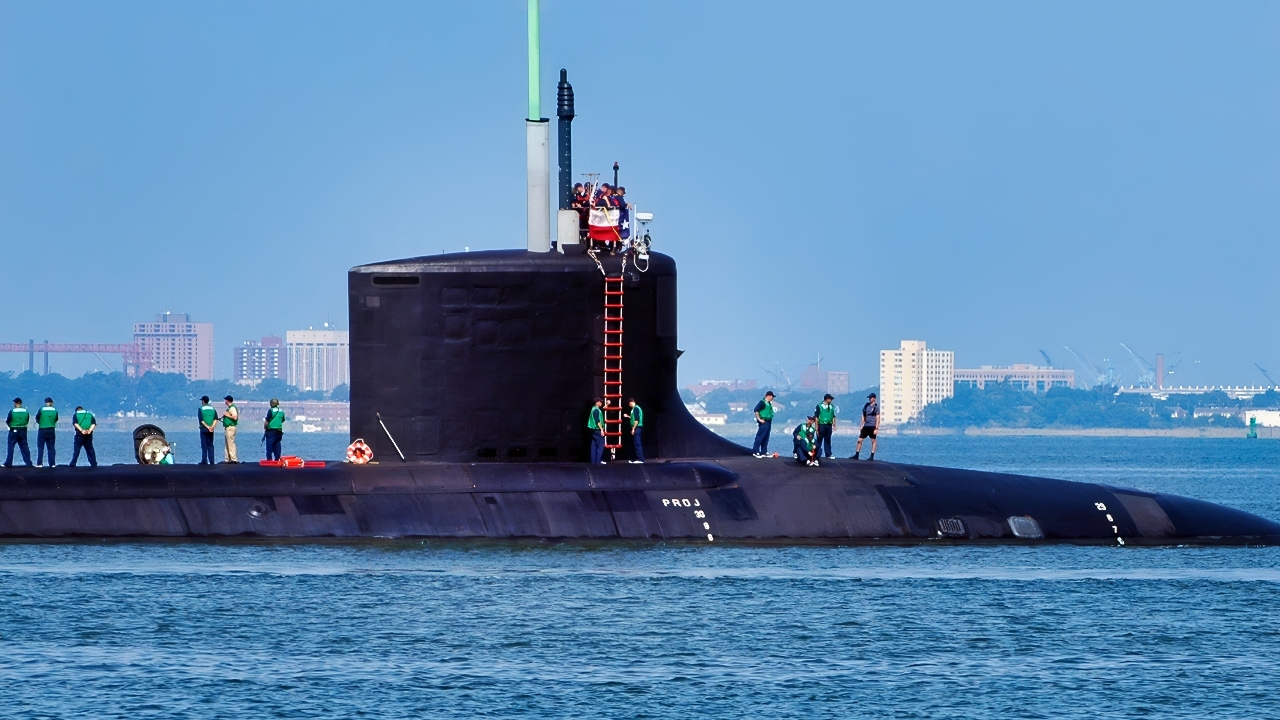
Norfolk, Va. (Aug. 22, 2006) – Sailors stationed aboard the Pre Commissioning Unit (PCU) Texas (SSN 775) stand topside as she gets underway from Naval Station Norfolk.
That ignition, or malfunctioning electronics, may have triggered a blast within the submarine, causing it to sink.
Another theory suggests that a Trash Disposal Unit (TDU) was the source of the problems. Vice Admiral Arnold Schade and former crewman Dan Rogers have both suggested that a faulty waste-disposal valve allowed seawater ingress, which then contacted with the battery cells and caused a hydrogen explosion.
Some analyses also propose that the Scorpion’s main battery or electrical systems generated hydrogen gas, which then ignited and disabled systems or prompted an explosion.
Some, however, speculate that the submarine may have sunk as a result of sabotage or a Soviet strike.
Owing to Cold War tension at the time, some speculate that Soviet forces may have attacked Scorpion in retaliation for the earlier loss of K-129, a Soviet submarine.
There is, however, no solid evidence to support the theory, and the Navy did not endorse the idea.
Mechanical issues may have also been to blame.

NAVAL BASE GUAM (Dec. 11, 2024) – The Los Angeles-class fast-attack submarine USS Annapolis (SSN 760) transits Apra Harbor, Naval Base Guam, Dec. 11, 2024. Assigned to Commander, Submarine Squadron 15, based at Polaris Point, Naval Base Guam, Annapolis is one of five forward-deployed fast-attack submarines. Renowned for their unparalleled speed, endurance, stealth, and mobility, fast-attack submarines are the backbone of the Navy’s submarine force. Regarded as apex predators of the sea, Guam’s fast-attack submarines serve at the tip of the spear, helping to reaffirm the submarine force’s forward-deployed presence in support of a free and open Indo-Pacific. (U.S. Navy photo by Lt. James Caliva)
Many alternative theories attribute internal system failures, ranging from piping ruptures and electrical shorts to structural weaknesses, as the cause of the loss.
Determining what really happened to the submarine is difficult for two reasons.
First, the majority of the submarine was never found, with only portions of the vessel discovered by investigators. Among the components and segments of the ship that were discovered, the damage was so extensive that answers may never be found.
The damage caused by implosion, which occurred after Scorpion passed crush depth, was so extensive that many internal systems were completely obliterated, making forensic reconstruction extremely challenging.
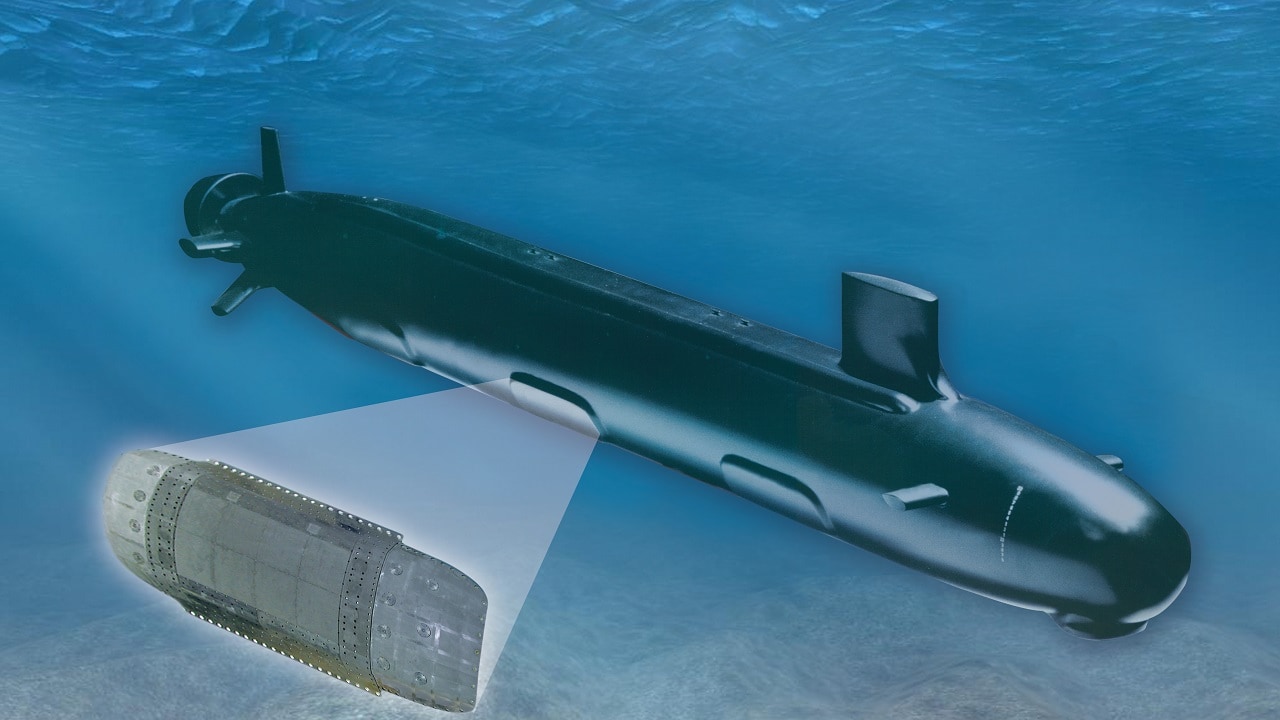
Image of Virginia-Class Submarine. Image Credit: Creative Commons.
Over half a century later, the disappearance of the USS Scorpion remains one of the most curious and unresolved submarine tragedies in global naval history.
Because the Court of Inquiry could not definitively determine the case, the world is left only with competing theories – some of which are based purely on speculation.
The story of Scorpion does, however, offer some lessons. It proves that safety regimes are essential but that administrators of those rules are not infallible, that technical accidents can always occur and that organizational culture matters.
Decades after the loss, many key files about the Scorpion remain classified or heavily redacted, leading some to speculate that the cause may be known—but the reality is probably far less cryptic.
About the Author:
Jack Buckby is a British author, counter-extremism researcher, and journalist based in New York. Reporting on the U.K., Europe, and the U.S., he works to analyze and understand left-wing and right-wing radicalization, and reports on Western governments’ approaches to the pressing issues of today. His books and research papers explore these themes and propose pragmatic solutions to our increasingly polarized society. His latest book is The Truth Teller: RFK Jr. and the Case for a Post-Partisan Presidency.
More Military
Problem: U.S. Navy Nimitz-Class Aircraft Carriers Face 6 Year Long Refits
The Navy’s Ohio-Class SSGN Submarines Summed Up In 1 Sad Word
‘The Bow Was Ripped Off’: How a Russian Submarine Was Sunk By Its Own Faulty Torpedo
Forget the F-35, the Super Eurofighter Typhoon Is Coming
Forget the F-35: France’s F5 Super Dassault Rafale Fighter Is Coming


